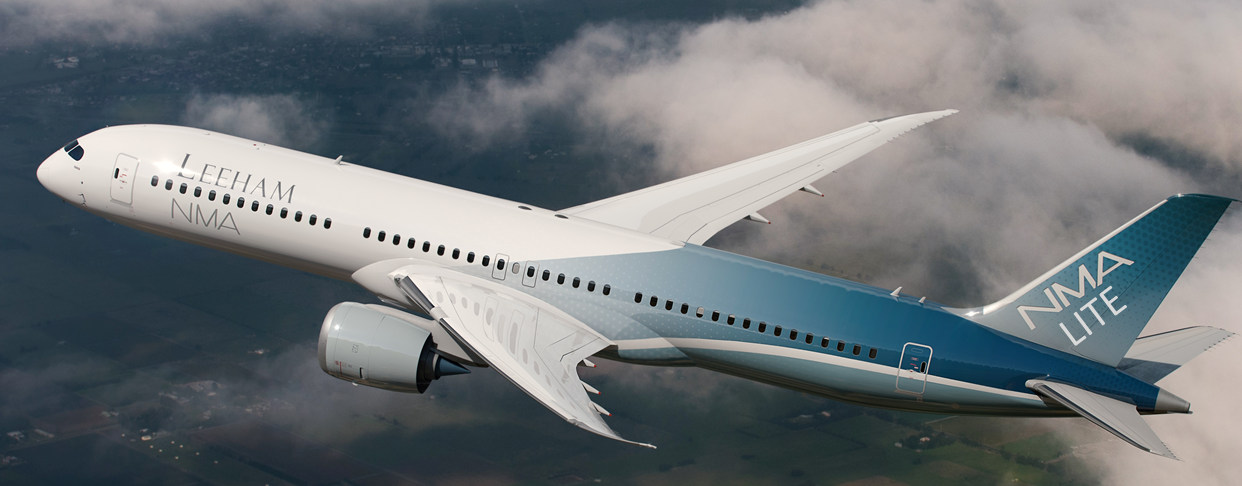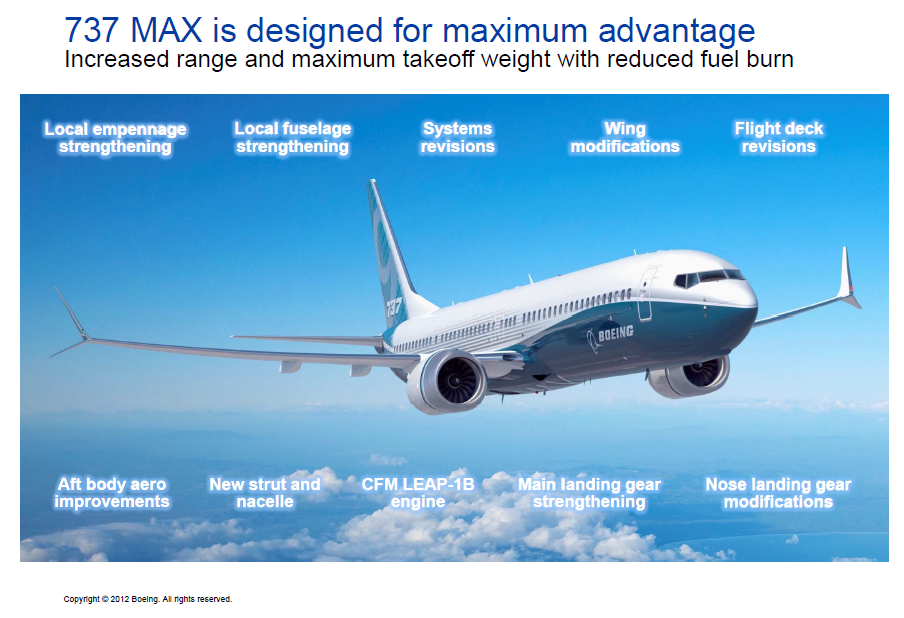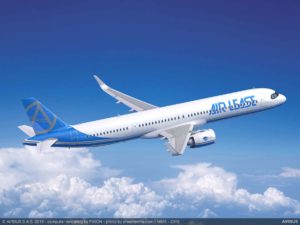Leeham News and Analysis
There's more to real news than a news release.
Boeing’s Renton plant may close from 2033: Analysis
Subscription Required
Now open to all Readers.
Introduction
Aug. 10, 2020, © Leeham News: With Boeing likely to consolidate 787 production in Charleston (SC), reflecting a rate of 6/mo, the future of assembly in Puget Sound rears its head again.
LNA outlined Aug. 3 why Everett is the ideal location to assemble the Next Boeing Airplane (NBA).
Boeing’s product line also requires a new airplane in the 100-150 seat sector. Airbus’ A220-100/300 and, nominally, the A320neo (but not the A319neo) fill this sector. (The A320neo was originally designed as a 150-seat airplane. It now is commonly configured in the 150-180 seat size.)
Airbus has a design for an A220-500, which could replace the A320.
Boeing needs an efficient competitor to the current A220 plus a replacement for the 737-7 and, eventually, the -8.
And it probably won’t be assembled at the Boeing 737 plant in Renton.
Summary
- Boeing-Embraer JV was to focus on 100-150 seat airplane.
- Canceled deal could be revived.
- Or Boeing could choose a new partner.
- Moonshot would be two roughly concurrent new airplane programs.
Boeing’s big opportunity
Subscription Required
Now open to all Readers.
By Scott Hamilton
Analysis
Introduction
Aug. 3, 2020, © Leeham News: Boeing has one of the biggest opportunities in decades.
This is counter-intuitive, given the disaster it faces with the COVID-19 crisis.
But in chaos, there are opportunities.
There are some key assumptions that must be made. But these are not outlandish.
Summary
Assume:
- Boeing survives the virus crisis.
- Boeing consolidates 787 in Charleston.
- 787 demand doesn’t return, reactivating Everett line.
- Sharp gains in production efficiency.
- These lead to the Big Opportunity.
Looking ahead for 2020 and 2030 decades: Boeing
Subscription Required
Second in a series.
By Scott Hamilton and Vincent Valery
Introduction
June 24, 2020, © Leeham News: “Airbus’ widebody strategy is a mess.”
This is what Kostya Zolotusky, then a VP with Boeing Capital Corp., said a few years ago on the sidelines of a major aerospace conference.
Today, it may be going too far to say there is increasing opinion in the industry that Boeing’s product strategy is a mess. But it’s fair to say it’s seriously challenged.
Even setting aside the 737 MAX grounding, Airbus clearly outpaced the MAX with the A320neo family. The A321LR and XLR thrust Airbus into dominance in the single-aisle, 150-220 seat sector.
Airbus fell into a winner with the acquisition of the Bombardier C Series. Boeing’s 737-7 MAX has captured fewer than 100 orders since the program launch in 2011. Demand for the 777X is weak.
Boeing critics, and there are many, see little but doom and gloom ahead. Even before the COVID-19 crisis, Boeing faced years of recovery from the MAX grounding.
There’s no doubt Boeing has a deep hole to climb out of, exacerbated by the COVID crisis. The question is, what does Boeing do after the MAX is returned to service and the virus crisis is over?
Summary
- Airbus is clear leader in single-aisle sector.
- Boeing’s product strategy for New Midmarket Airplane, Embraer role is over.
- Former CEO Jim McNerney said, “no more moonshots.” But is this just what Boeing needs to regain its position?
Bringing back long-haul capacity with narrowbody aircraft
Subscription Required
By Vincent Valery
Introduction
May 11, 2020, © Leeham News: The timeline for a passenger traffic recovery is highly uncertain. Major OEMs and some airlines expect a return to 2019 passenger traffic levels in two years at the earliest.
Southwest Airlines doesn’t see traffic returning to 2019 for five years. IAG, parent of British Airways and several other airlines, predicts a three year recovery.
Leeham Co. predicts that it will take four to eight years before traffic returns to pre-COVID-19 levels.
However, the recovery sequence for the various markets is becoming clearer. Governments will progressively lift travel restrictions on domestic markets, followed by regional international. Long-haul international will probably be the last to return to normal.
Airlines in China started ramping up domestic capacity, though the government mandates some of this. The governments of Australia and New Zealand disclosed discussions to lift trans-Tasman travel restrictions. French President Emmanuel Macron made it clear that travel would be first allowed within the European Union before outside the old continent.
People who need to travel for business reasons will be allowed first, including for long-haul travel. That means airlines that wish to restore long-haul capacity will have to do so with a much-reduced demand. With this in mind, it might make sense to restore long-haul flights with latest generation narrowbody aircraft such as the Airbus A321(X)LR and Boeing 737 MAX.
LNA analyzes pre-COVID-19 long-haul route patterns to determine what fraction narrowbody aircraft can cover as passenger traffic recovers.
Summary
- Long-haul markets split in two;
- Missed New Mid-Range Aircraft launch opportunity;
- A large addressable market for the A321XLR;
- A321LR and 737MAX long-haul route coverage.
Pontifications: Assessing the impact of COVID-19: today’s take
April 6, 2020, © Leeham News: It’s going to be quite a while before there is a clear understanding how coronavirus will change commercial aviation.
LNA already touched on impacts to Airbus, Boeing and Embraer. None of it is good. For Boeing, burdened with the additional stress of the 737 MAX, is in the worst position. Even when the MAX is recertified, there won’t be many—or any—customers in a position to take delivery of the airplane.
Bearing in mind that what’s true today will change in a day, or even an hour, let’s take a rundown of where things seem to stand now.
Pontifications: Boeing’s alphabet soup of airplanes and more
- It’s time for catching up on Odds and Ends.
By Scott Hamilton
March 2, 2020, © Leeham News: NMA. NSA (version 1). NSA (version 2). NLT. FSA. MOM.
These are Boeing’s acronyms for its next airplane. Whatever it will be.
NMA stands for New Midmarket Airplane.
NSA version 1 stood for New Single Aisle Airplane. It was replaced by version 2, New Small Airplane. This was replaced by FSA, Future Small Airplane. Some called this the Future Single Aisle airplane.
Then there is NLT, New Light Twin, from 2011. Which really begot the NMA, which was initially the MOM, or Middle of the Market Airplane. We called it MOMA at times.
It’s all very confusing. The Next Boeing Airplane is such a moving target. Maybe it should be called the NBA, although some association involving basketball might object. (The Next Airbus Airplane logically would become the NAA.)
Then there is the next new airplane from Embraer, after its joint venture with Boeing is finally approved (as I believe it will be).
Embraer CEO John Slattery want to do a turboprop. So does this become the E3TP?
The JV agreement calls for Embraer (to be named Boeing Brasil-Commercial) to do the next jet in the 100-150 seat category. Does this become the E3150, E3JET, BBCX or something else?
Boeing will proceed with NMA. Or FSA. Take a poll
By Scott Hamilton
Feb. 6, 2020, © Leeham News: Boeing will decide to proceed with the launch of the New Midmarket Aircraft (NMA).
Or it won’t and instead launch a single-aisle replacement for the 737 MAX that essentially  reinvents the long-gone 757.
reinvents the long-gone 757.
These are the two popular options discussed yesterday at the annual conference of the Pacific Northwest Aerospace Alliance in Lynnwood (WA).
Aerospace analyst Ken Herbert of Canaccord Genuity believes Boeing will launch the NMA.
Analyst Rob Epstein of Bank of America Merrill Lynch believes Boeing will go with the Future Small Airplane (FSA), a fresh design that is similar in size to the 757-200 and 757-300.
Consultants Kevin Michaels of Aerodynamic Advisory and Michel Merluzeau of AIR voted for the NMA. Consultant Richard Aboulafia of The Teal Group voted for the FSA.
Pontifications: Back to drawing board on NMA, Boeing’s CEO says
Jan. 27, 2020, © Leeham News: Back to the drawing board.
So to speak.
There is no drawing board, of course, but, rather, computer design.
In his first media conference last week as president and CEO of The Boeing Co., David Calhoun is going back to a fresh start on evaluating what Boeing needs for its next new airplane.
The New Midmarket Airplane (NMA) and Future Small Airplane (FSA) appear dead.
That’s not to say, necessarily, restarting the analysis won’t conclude one of these concepts is the right one after all.
But something entirely new might emerge, too.
Boeing hasn’t hit bottom yet. Neither have suppliers.
By Scott Hamilton
Analysis
Jan. 15, 2020, © Leeham News: The extent of the damage to Boeing from the 737 MAX crisis still is unfolding.
 Billions of dollars in new costs and charges are expected to be announced on the 2019 earnings release and call, Jan. 29.
Billions of dollars in new costs and charges are expected to be announced on the 2019 earnings release and call, Jan. 29.
But the long-term effects, only surmised until now, are beginning to become evident following information obtained by LNA from multiple sources.
- Restarting production will be at a low initial monthly rate.
- Ramp to previously targeted 57/mo likely lags by three years.
- The impact on suppliers will be profound.
- Impact on employee retention is unknown.
- 737 backlog delivery schedule will require major adjustments.
- Airbus stands to benefit from Boeing’s extended lower production rate.
- New airplane years away—even as it’s needed for Boeing’s future.
- Lower 737 production rate reduces cash flow; 787 rate reduction will hurt, too.
Boeing hasn’t hit bottom yet. The worst is yet to come for suppliers.
Pontifications: A new setback for Boeing
Nov. 18, 2019, © Leeham News: Boeing suffered another setback last week, and this time it’s unrelated to the 737 MAX.
Boeing abandoned a robotic riveting/fastener system awkwardly called Fuselage Automatic Upright Build, or FAUB, intended to speed production.
Bloomberg first reported the abandonment. The Seattle Times has an extensive story detailing the history and objectives.
Doing these processes manually is incredibly labor intensive. FAUB, when it works, dramatically cuts the time, improves the accuracy and reduces injuries.
FAUB is but one element of a production transformation Boeing has been doing for years under the code name Black Diamond.
Converging technologies in NMA
Various automated and digital processes technologies have been in place on various 7-Series programs for years. FAUB, as The Seattle Times reported, was added to the 777 Classic line ab0ut six years ago. Part of the mission was to de-risk FAUB for application to the 777X.
Then, FAUB and the other processes were to converge for the first time on one Boeing Commercial Airplanes program with the New Midmarket Airplane, or NMA.
Boeing CEO Dennis Muilenburg said on several earnings calls that the NMA was as much about production as it was about a new airplane program (or words to this effect).
But Boeing couldn’t make FAUB work.
Why not?
This is a good question and one for which there isn’t a clear answer.
It works elsewhere
FAUB, or a system very similar, is used by Airbus and other aerospace companies. It works for them, says Jessica Kinman, a senior manager for Dassault Systemes.
Kinman spoke Friday at a seminar sponsored by the Pacific Northwest Aerospace Alliance (PNAA) at North Seattle College about advanced manufacturing and other transformative production processes. This was just two days after the Boeing FAUB news broke.
Among the processes illustrated: robotics working on an upright fuselage. In other words, FAUB—although this was not identified as Boeing’s FAUB.
With the NMA business plan relying in part on Black Diamond processes, of which FAUB is an element, losing FAUB isn’t going to help an already-struggling business case.
But, then, NMA is on hold at Boeing until the MAX returns to service and cash flow resumes. So, from this perspective, losing FAUB at this time isn’t especially critical.
Longer term
But longer term, Boeing needs to understand why it couldn’t make FAUB work whereas Airbus and others can.
It’s all part of the digital factory Dassault and its competitors consult on as aerospace (and other industries) transform in the future.
I’ll have more about this in a subsequent post.





